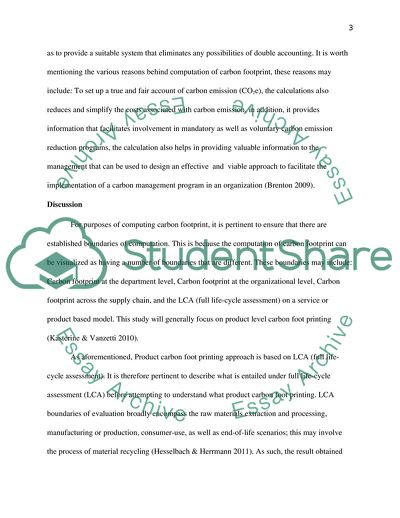Cite this document
(Environmental Life Cycle Analysis Term Paper Example | Topics and Well Written Essays - 2000 words, n.d.)
Environmental Life Cycle Analysis Term Paper Example | Topics and Well Written Essays - 2000 words. https://studentshare.org/environmental-studies/1768087-environmental-life-cycle-analysis
Environmental Life Cycle Analysis Term Paper Example | Topics and Well Written Essays - 2000 words. https://studentshare.org/environmental-studies/1768087-environmental-life-cycle-analysis
(Environmental Life Cycle Analysis Term Paper Example | Topics and Well Written Essays - 2000 Words)
Environmental Life Cycle Analysis Term Paper Example | Topics and Well Written Essays - 2000 Words. https://studentshare.org/environmental-studies/1768087-environmental-life-cycle-analysis.
Environmental Life Cycle Analysis Term Paper Example | Topics and Well Written Essays - 2000 Words. https://studentshare.org/environmental-studies/1768087-environmental-life-cycle-analysis.
“Environmental Life Cycle Analysis Term Paper Example | Topics and Well Written Essays - 2000 Words”. https://studentshare.org/environmental-studies/1768087-environmental-life-cycle-analysis.


